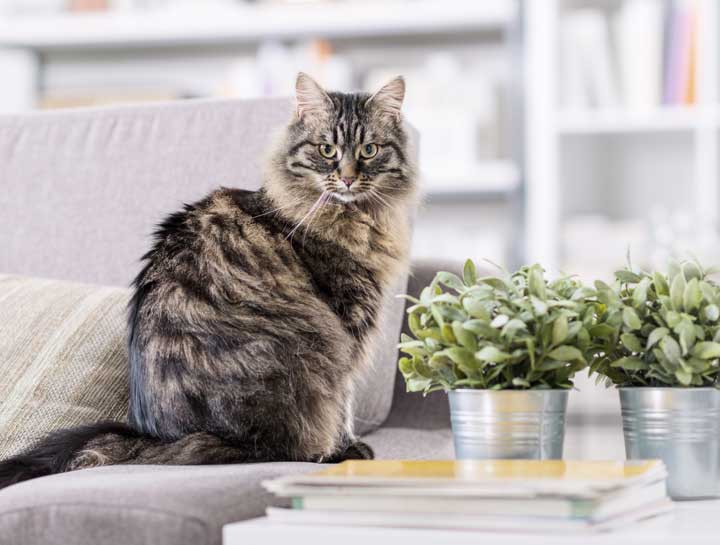Kitty Care 101: Introduction and Nutrition

It is a common perception that cats are virtually no-maintenance compared to their other four-legged counterparts. This misconception couldn’t be further from the truth. It is easy to mistake feline independence for low maintenance. Some people think you can throw a cat box in the laundry room and keep food and water down for them and call it a day. Easy peasy care until it isn’t.
Frankly, some cats can be that low-maintenance, but they probably are not living their best cat life possible. And that is not a fair bargain for our highly intelligent sometimes silly, energetic and lazy, indifferent and needy, contradictory meowing four-legged loved ones. Cats are low-maintenance but ONLY IF you make sure that all the basics of feline care are covered. Some of the cat care basics include feeding, litter box considerations, environmental enrichment, behavioral issues, indoors versus outdoors, medical issues, and managing the dynamics of multi-cat households- just to name a few. These topics are to be discussed in this and upcoming blog posts.
Once these things are chosen, cat-tested, and then cat-approved, you will be all set up for a long-lasting friendship with your happy and healthy cat. We want you to have the tools and insights that will get you on track to having the most amazing and best cat ever. Your relationship with your cat is one that will give you so much more than you put into it. There are a lot of things to contemplate, but many of them only require a thoughtful decision, and then you can check it off your list. Other situations need some experimenting, adjusting, and adapting. But a little thought and consideration will put you on the right track to the care that your cat deserves.
In this installment of Kitty Care 101, we will cover your first consideration in caring for your cat: food and feeding.
Quality is important, and you should feed your cat the best diet that fits your budget.
Canned vs. Dry Food
We can start with the fact that cats are not small dogs. Cats are carnivores and dogs are omnivores. This means that cats eat meat and not veggies and greens. They require three times more protein than dogs. They are on what we like to call the “catkins” diet. Considering that dry foods need grains to make the kibble, they are not the best choice for your cat’s health. Dry food is high in carbohydrates, which are not a large part of the dietary needs of cats. Their bodies do not know what to do with the carbs and use the extra energy to make fat, which can lead to obesity, which potentiates diabetes, liver, and heart diseases. The high moisture content in canned food is beneficial to cats with urinary tract problems, diabetes, and kidney disease. Not all cats have these problems, but many do, and these diseases can potentially be prevented with the right diet. Ideally, a cat should be fed high-protein, quality canned food.
How often should you feed your cat?
Before domestication, cats ate small meals throughout the day. They would eat a mouse here, a bird there, and a lizard later that day. They did not have any dead cows that they could feast on when they got hungry. They worked for their food throughout the day. Ideally, a cat should be fed a high-protein, 6-ounce can of cat food, that is split several times throughout the day. Sounds complicated, but not really. You can feed in the morning when you get up when you get home from work, and before bed. That makes three times. If you have to feed dry food, try feeding a high protein diet, and feed small meals similarly to how you would feed canned food. Adult cats should eat about half a cup of food per day. And that will be more consistent with how their bodies were designed to eat.
Ideally, a cat should be fed a high-protein, 6-ounce can of cat food, that is split several times throughout the day.
A warning on “free” feeding your cat: Leaving food out all the time can lead to problems, especially if you have a cat that does not know when to stop. This can lead to obesity and conditions associated with obesity. It is best to make food available for 20-30 minutes and then pick it up if your cat does not eat it. If they leave some behind, it could be an indication that you are feeding too much.
Do you have any questions or concerns about your cat’s diet? Please contact us!
